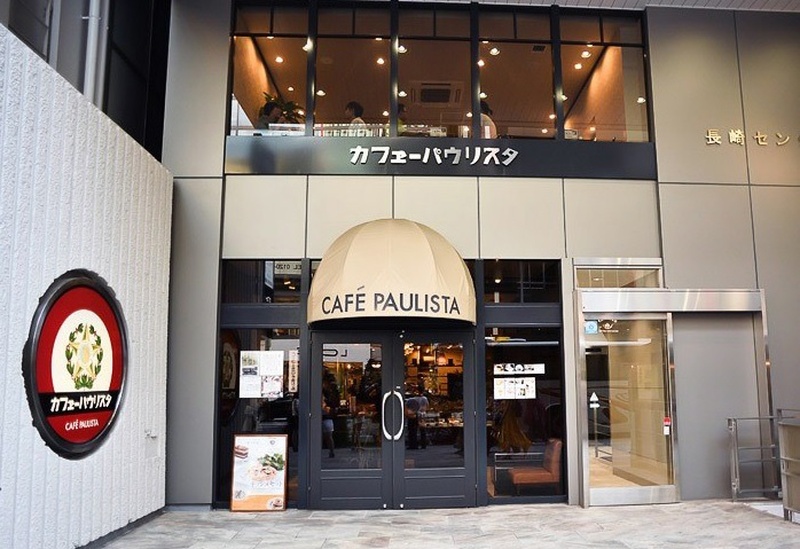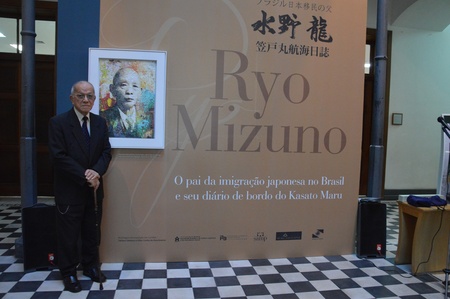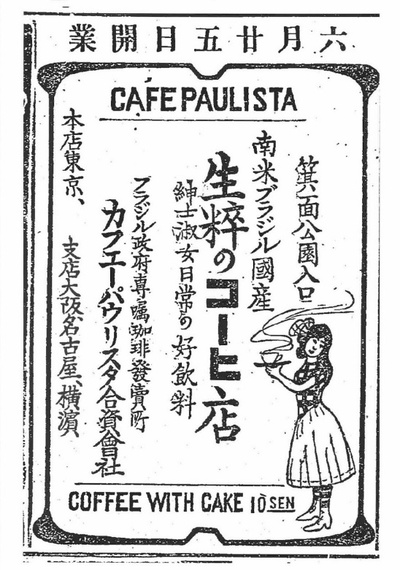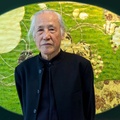With the strength of a samurai who was fearless, determined, and convinced, Ryo Mizumo brought the first wave of Japanese immigrants to Brazil in 1908.
Mizuno lived in Japan during the tumultuous time of the Meiji Restoration which, among other changes, opened the country's ports after more than 200 years of isolation. Mizuno was born a samurai in the transition from the feudal to the industrial era. A radical activist in the Movement for Freedom and People's Rights, he became president of the emigration company because he had an outward-looking vision. He invested his future, that of his family and that of the Japanese who migrated with him to overseas lands.
It is possible to understand Japanese immigration in Brazil as a historical process of the 20th century. At the time, Japan was suffering from demographic pressure and an economic crisis, worsened by the war against China. On the other hand, in Brazil, slavery had just been abolished and the country needed labor to work on coffee plantations.
The saga of pioneer, visionary Ryo Mizuno was long and arduous. Attracted by Brazilian coffee, he saw great possibilities for the Japanese who suffered in Japan with war, hunger and the lack of opportunities, new possibilities.
Brazil, the “El Dorado” for the Japanese 110 years ago
Coffee is without a doubt a great stimulating and pleasant drink for a chat between friends, no one doubts that. It is of great value to know that coffee was the “protagonist” that motivated the then Japanese economist, politician, visionary, Ryo Mizuno, responsible for bringing 781 Japanese people on board the ship Kasato Maru, which docked in 1908 in Brazilian lands, carrying hope, dreams and the first generation of those who would become Japanese immigrants in Brazil. To celebrate this milestone and the successful union of Brazilian culture with Japanese culture, we will embark on the rich story told by the son of the father of Japanese immigration to Brazil, Ryuzaburo Mizuno.
In an interview in his humble home in the Cajuru neighborhood in Curitiba, Paraná, washed down with the famous coffee he made, Ryuzaburo Mizuno brings back memories of his father. “My father was a great leader, dedicated to his family and the immigrants he brought to Brazil,” he says. According to Ryuzaburo, his father made around 20 trips, 13 of which to Japan bringing immigrants to coffee farms in Brazil, through the Imperial Japanese Emigration Company with its employees, including Shunhei Uetsuka.
“I see these 110 Years of Japanese Immigration in Brazil with great pride, knowing that my father's sacrifice, work and dedication were not in vain. Determined, after growing coffee, he looked for agricultural production options such as rice farming, sericulture and cotton farming. It is true that he was not successful in all his projects, but I am sure that he paved the way and was a mirror for many people”, highlights Ryuzaburo at 87 years old.
Ryo Mizuno was the father of Japanese immigration to Brazil, he was also a great entrepreneur and responsible for introducing Brazilian coffee to Japan. “My father was a born entrepreneur, a visionary man ahead of his time, he opened the first coffee shop in Tokyo , Café Paulista, which still exists today, but no longer belongs to the Mizuno family”, highlights Ryuzaburo. According to him, from then on, cultural exchange and harmony between Brazil and Japan begins, which allows both communities to experience, appreciate and mix cultures.
Today, it is estimated that Brazil has the largest population of Japanese origin outside of Japan. The influence and important contributions of the Japanese community in Brazilian society are present in all areas from North to South of the country. Japanese immigrants managed to spread their culture throughout the country and Japanese cuisine definitively captured the taste of Brazilians. The celebrations of 110 Years of Japanese Immigration in Brazil continue throughout Brazil.
© 2018 Luci Júdice Yizima









